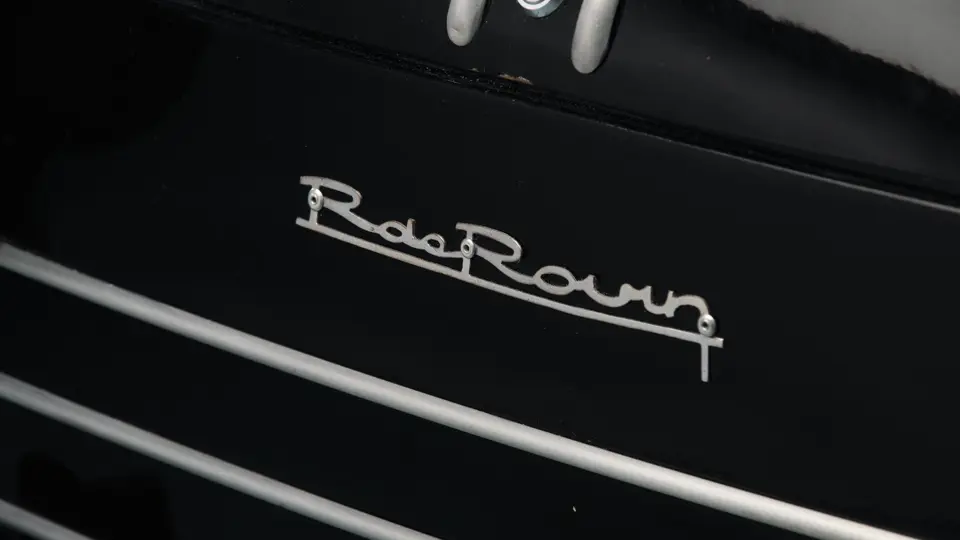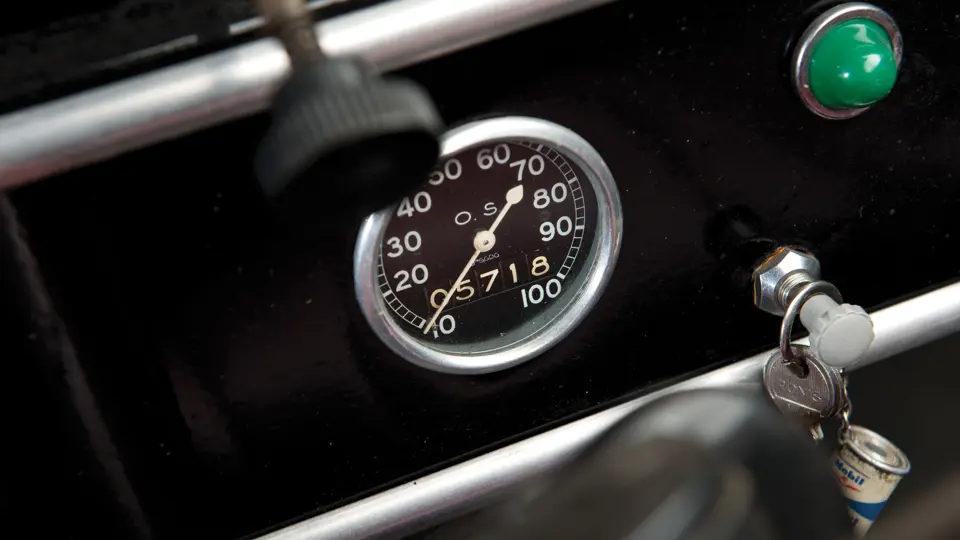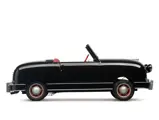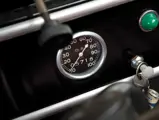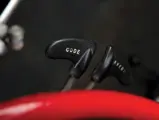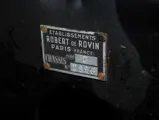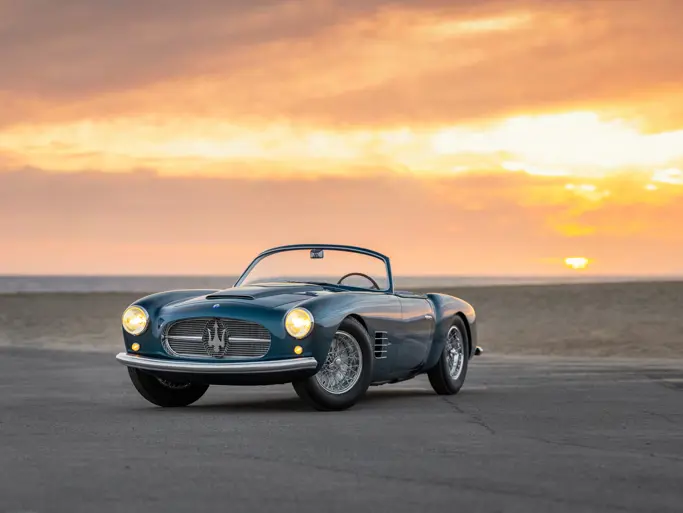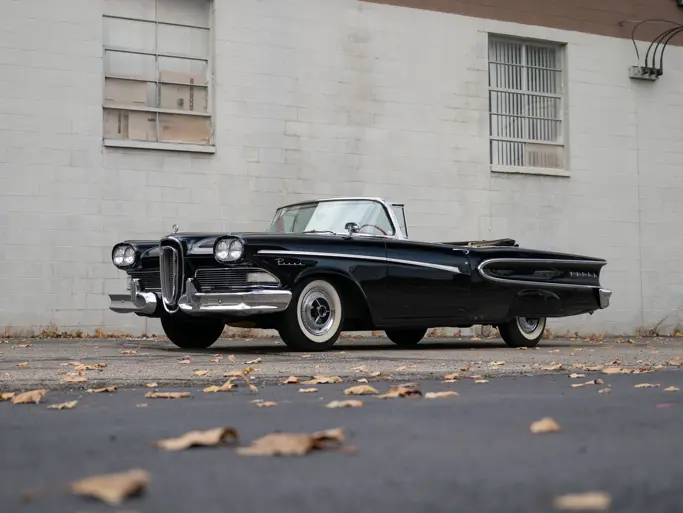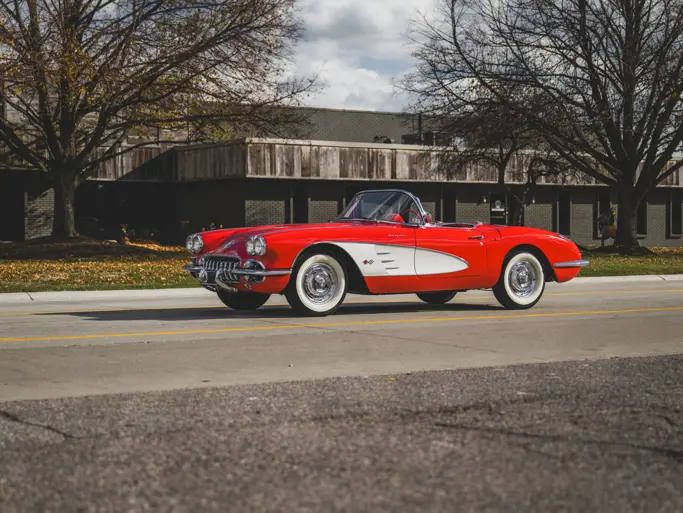The highest specification example toward the end of production.
SPECIFICATIONS
Manufacturer: Éts. Robert de Rovin
Origin: Saint-Denis, Seine, France
Production: 1,334
Motor: Rovin 2-cyl, 4-stroke
Displacement: 462 cc
Power: 13 hp
Length: 10 ft.
Identification No. 2686
The Rovin had great success during its first year of production. It was even popular in South America, to where several hundred examples were exported. The popular D2 continued to be built alongside the new model.
The new model was the D3, which retained the same underpinnings but received a completely redesigned, new body shell, which would remain in production in essentially the same form until the late-fifties. It was a “real” car, with its pontoon fenders, elegant Art Deco lines, and for the first time, doors. Still aware of the production economies required, Rovin constructed their little car of symmetrical front and rear fenders and door pressings. The D3, which made its debut at the Paris Salon of 1948 (again under the Delaunay-Belleville banner), had integral, narrowly-spaced headlamps in a low position on either side of the grille. They did not meet regulations, however, and they were soon replaced by freestanding lamp units high on the front fenders. Early D3 examples had a single trim strip along the length of the car, along with two shorter ones finishing over the wheel arches; these were replaced by full-length double strips.
Sponsorship and publicity were always well looked-after by the firm, and the D2 at the Paris Show wore Dubonnet apéritif advertising. Sporting events always figured large. Factory test drivers entered the grueling Monte Carlo Rally in 1949 and 1950, finishing both events to their credit, albeit too late and therefore disqualified. The 1950 Copenhagen Salon featured a Rovin in a “jewel box” display, complete with tissue packing and an open lid.
The economy was improving, and minimal motoring was somewhat less of an issue. A Citroën 2CV was cheaper, and a Renault 4CV not much more. In 1950, the D4 appeared at the Paris Salon with a new motor. It was now bored out to 462 cubic centimeters, putting it into the 3CV tax bracket. The following year only details were changed, with the addition of bumper brackets and front-hinged doors. The final changes were the integration of the headlamps into the fenders and the addition of a short fender trim strip in October 1953. This was now a very elegant and competent little car, but only 20 cars were produced in 1954. Rovin gave in to the big manufacturers, having fought a good fight, yet they continued to service the cars until 1961, while also working in the aviation field. This example appears extremely sharp in deep, glossy black with red upholstery, and it has an engine bay that appears complete, correct, and functional.






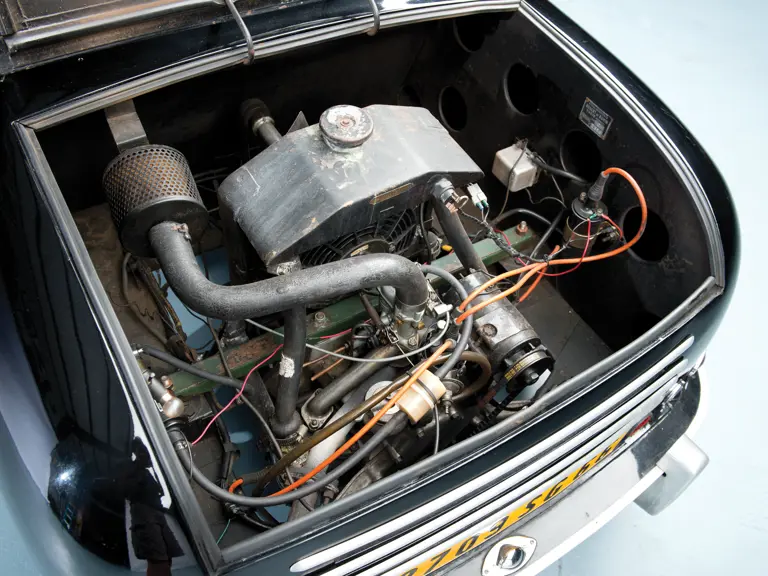
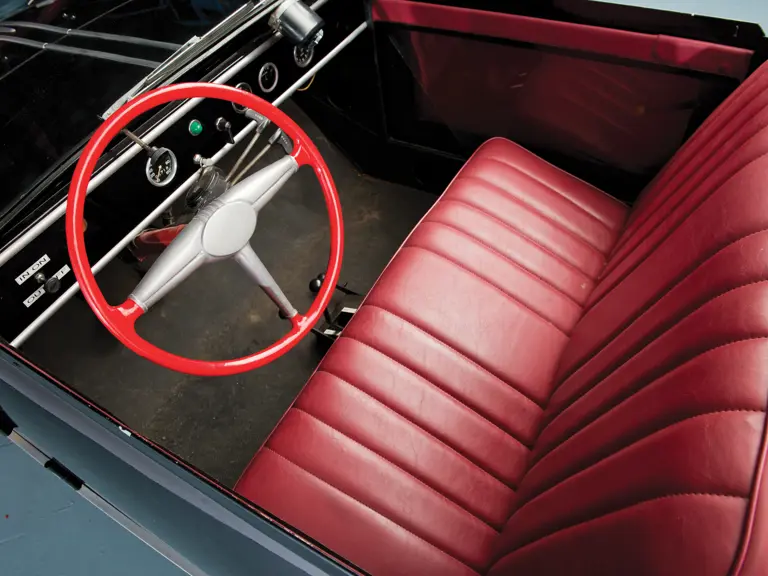
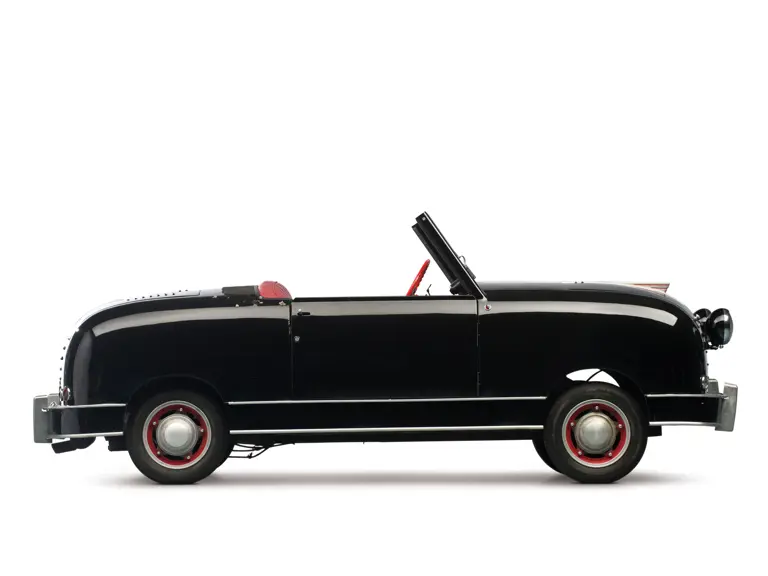
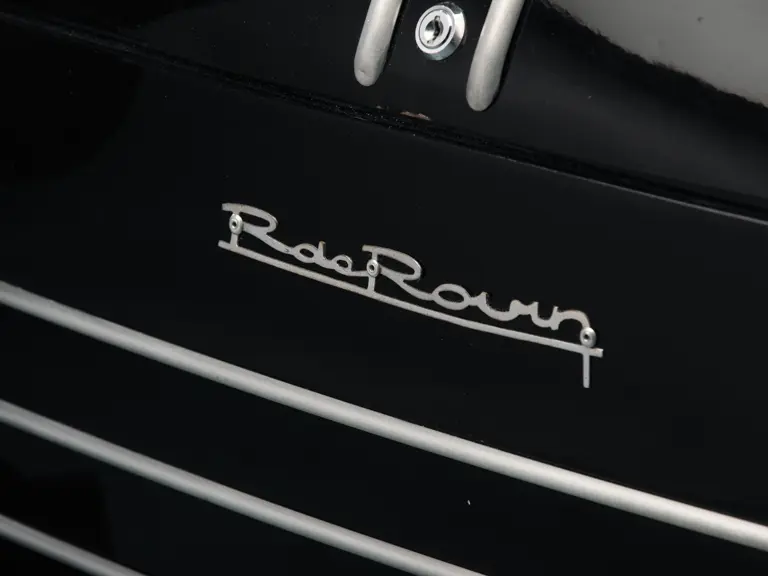

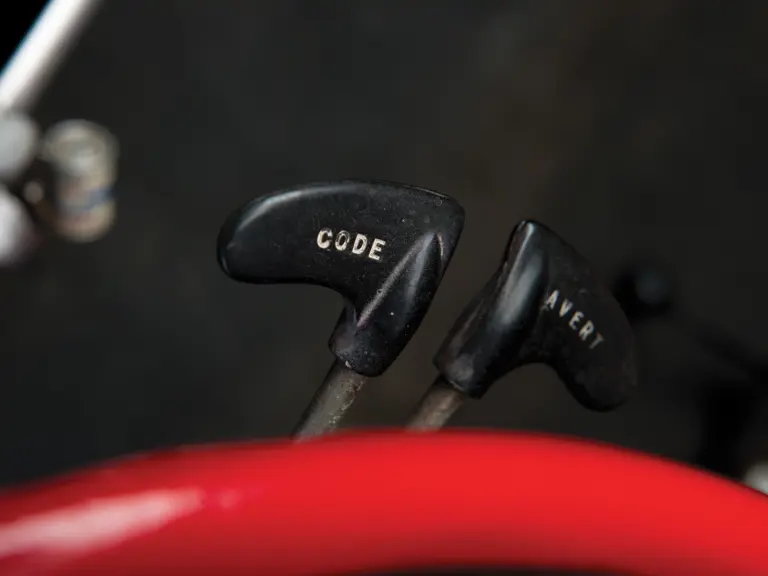
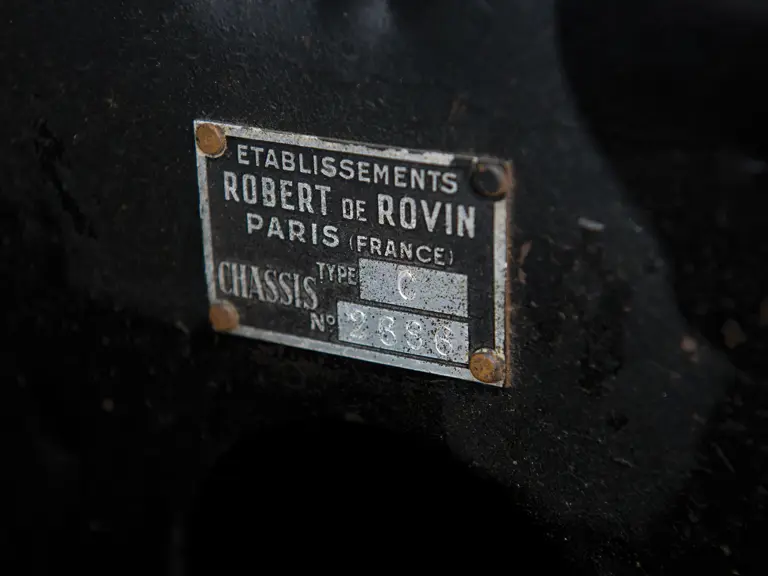
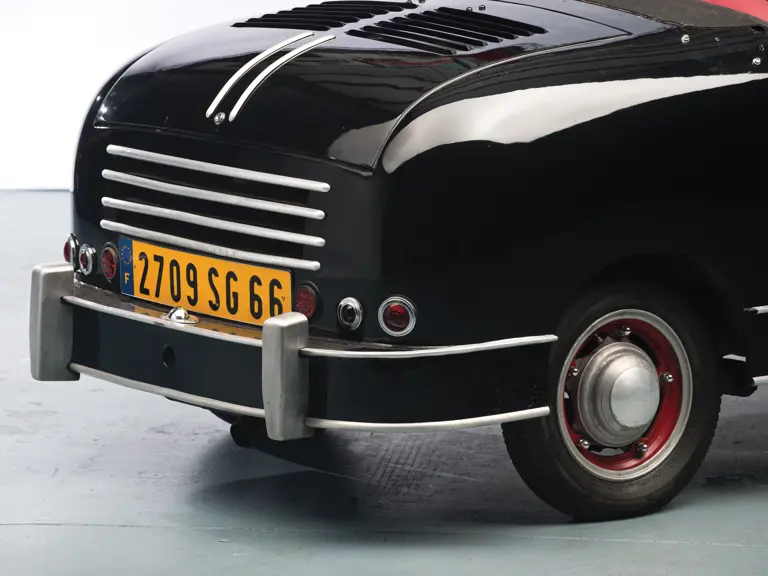


 | Madison, Georgia
| Madison, Georgia

